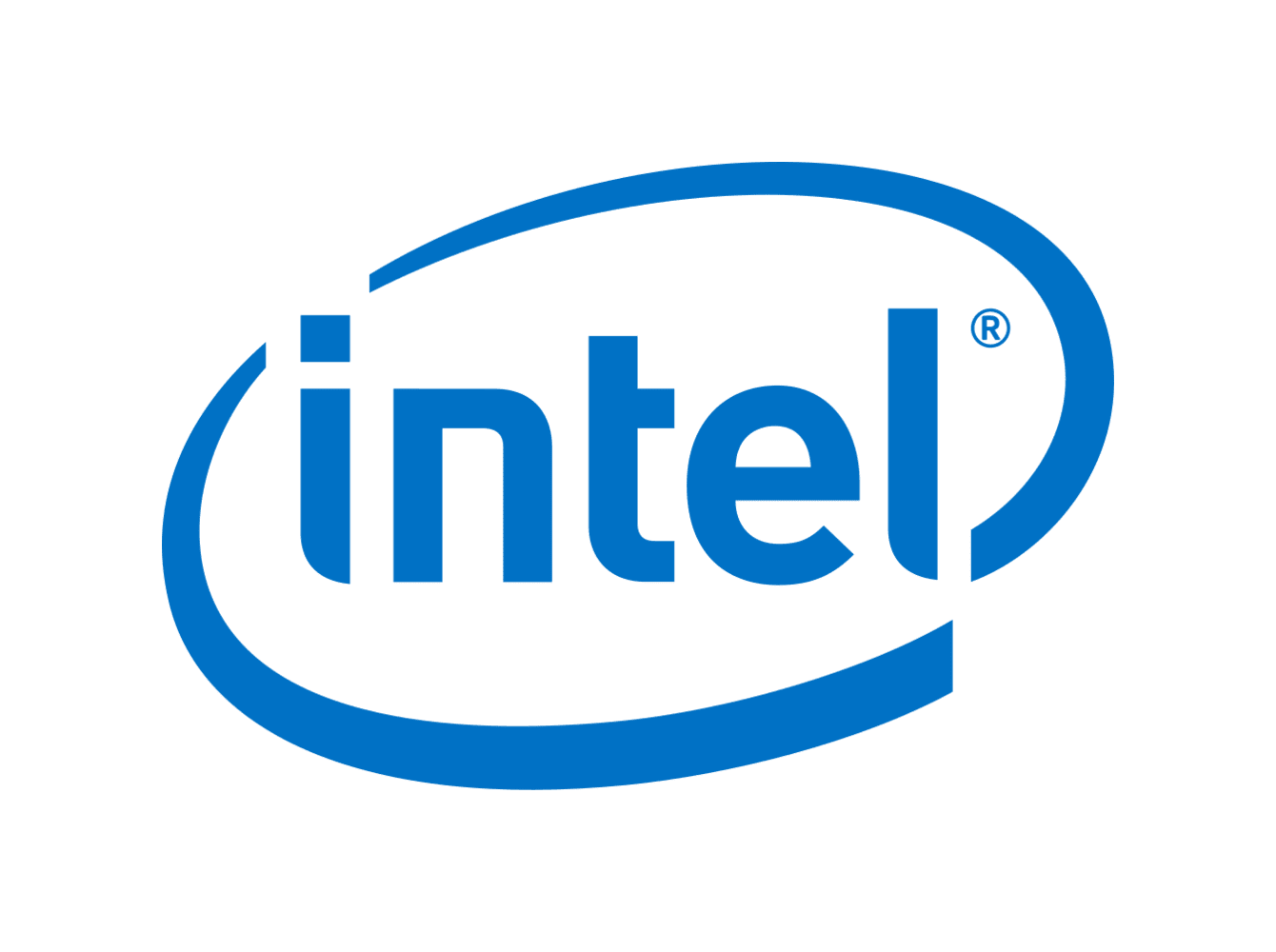DDR4-3200 is a good choice.
- 0 Posts
- 28 Comments

 1·11 months ago
1·11 months agoWhen you run a stress test like OCCT is the CPU throttling or can it maintain maximum clocks? Possibly you are more stable throttled and so not seeing the same instability in synthetic tests.

 1·11 months ago
1·11 months agoFwiw this was posted a few days ago when it originally leaked, so nothing new as of today.

 1·11 months ago
1·11 months agoI wonder which of these cpu generations can reach 95w without significant performance loss
Undervolting doesn’t reduce performance but it risks stability. You won’t hit 95w under heavy load with any of those processors through undervolting. A lot of games are pretty light loads though, so they may already be less than that. If not you could put in power limits which reduce the CPU clock speed. This will make it slower though.
ps: I’m writing about 95w because I have an i5-9600K
Fwiw max load of the 9600k is above 95w already unless you’re limiting it somehow.
Probably not related but post a picture of the damage.
If a reinstall and latest drivers do not fix GPU/driver related BSODs, I would RMA the device.
Run memtest overnight.
Usually problems like this are RAM or motherboard. Uncommonly they may be the CPU as well, so troubleshoot and try to exclude the most likely causes first.

 1·1 year ago
1·1 year agoAlso whats the limit on RAM speed for DDR4 if I am running a haswel-e cpu?
I did a couple 64 GB builds back in the day, but be careful, Haswell-E was picky a hell about RAM, but I think at least 128GB is supported and pretty cheap these days. Buy from QVL if you can. Had a couple systems with non-qvl RAM and it was hell to get them working at even ddr2133.
I thought F or KF processors are better if you own powerful modern gpu
Zero difference if you disable the iGPU anyway.
VRAM is an old term that refers to the memory on a video card. You don’t have any VRAM, your GPU shares the system memory.
In terms of games, you have the equivalent of a 10-15 year old Nvidia card. If a game lists actual hardware requirements and it isn’t from the 2000s, you’re not going to meet them most likely. Look into getting an actual GPU card.

 1·1 year ago
1·1 year agoFrom what I know, Xeon CPUs focus more on lots of core but with less single-core performance, yet the Xeon w5-3425 is current gen, has only 12 cores and costs 1189$.
12 P cores vs 8P cores and 8 channel memory vs 2 channel memory. If you care about P cores or memory bandwidth then the Xeon is a lot faster. It can also have a lot more (ECC) RAM and PCie devices.
Basically it’s a workstation processor.

 1·1 year ago
1·1 year agoFor really low power you need to get a wall meter or similar. The built in CPU power meter only gives the CPU power, and at idle a lot or even most of the system power isn’t dissipated by the CPU.
Simple, relatively to extremely low performance GPU integrated into the CPU. They’re great for lots of things, but usually not games.

 1·1 year ago
1·1 year agoAs long as your BIOS supports it you can change the power of any Intel processor to whatever you want. K/non-K is for overclocking, not power limits.

 1·1 year ago
1·1 year agoIf you’re going to buy a GPU then that will be most of your idle power. The couple watts from everything else will barely register. Pick a GPU with good idle power.

 1·1 year ago
1·1 year agoMeteor lake for desktop was cancelled.

 1·1 year ago
1·1 year agoIntels mobile chips have been systems on a chip (or really package) for some years now. Meteor lake is actually no different than it’s predecessors in this regard aside from not having a desktop version with the SOC bits removed.
It’s interesting the extra care they took to route the PCI Express Lanes as compared to the DMI Lanes. They are much more concerned about crosstalk with the lanes that have to go off board and so they put ground pins between each lane

 1·1 year ago
1·1 year agoAt 4k, the best GPU you can afford.
I didn’t with my most recent i7-13700k w/ Noctua D14. I get a bit of throttling under prime95 but not enough to matter in real use so I haven’t bothered to go back and add one since I’m lazy.